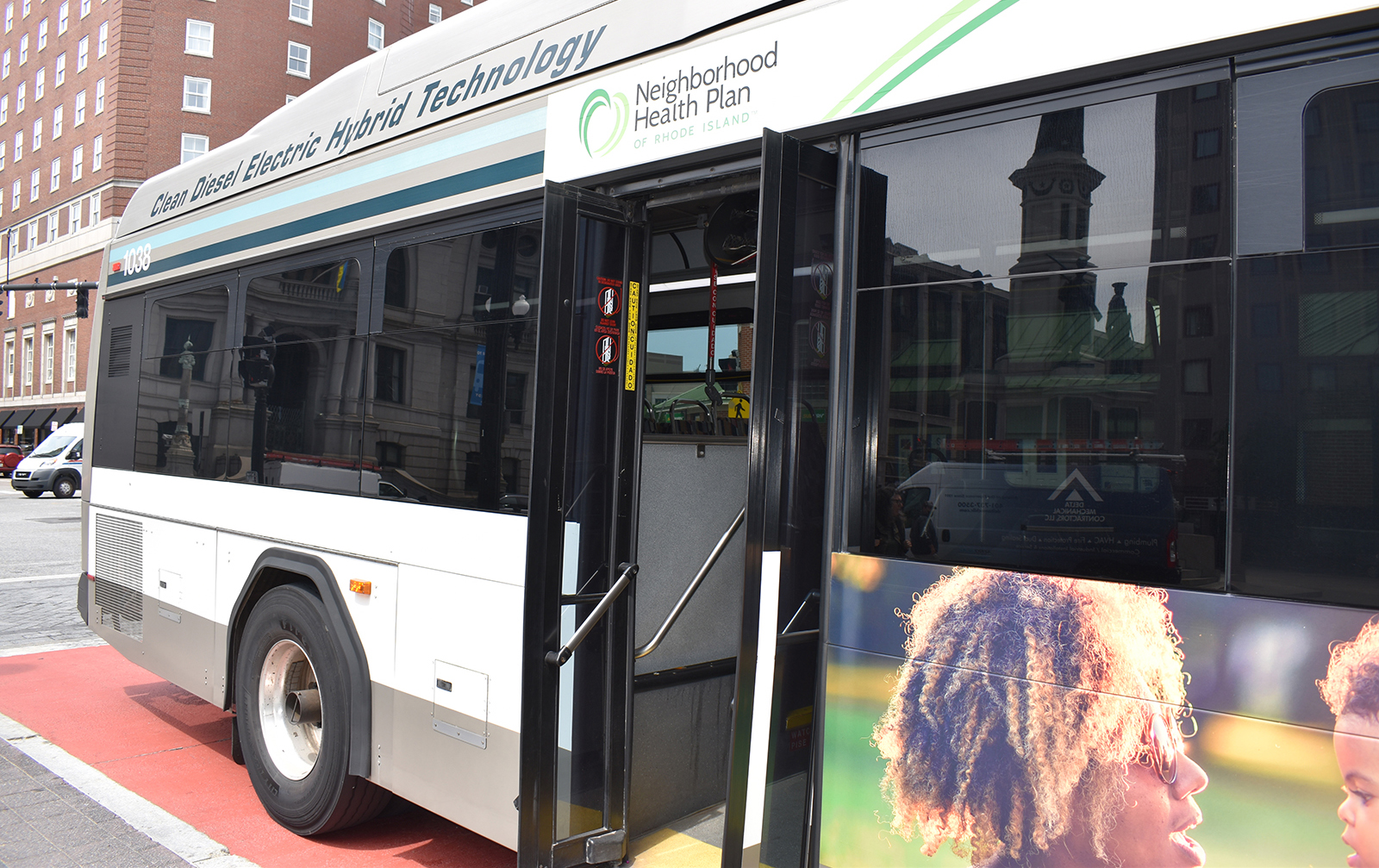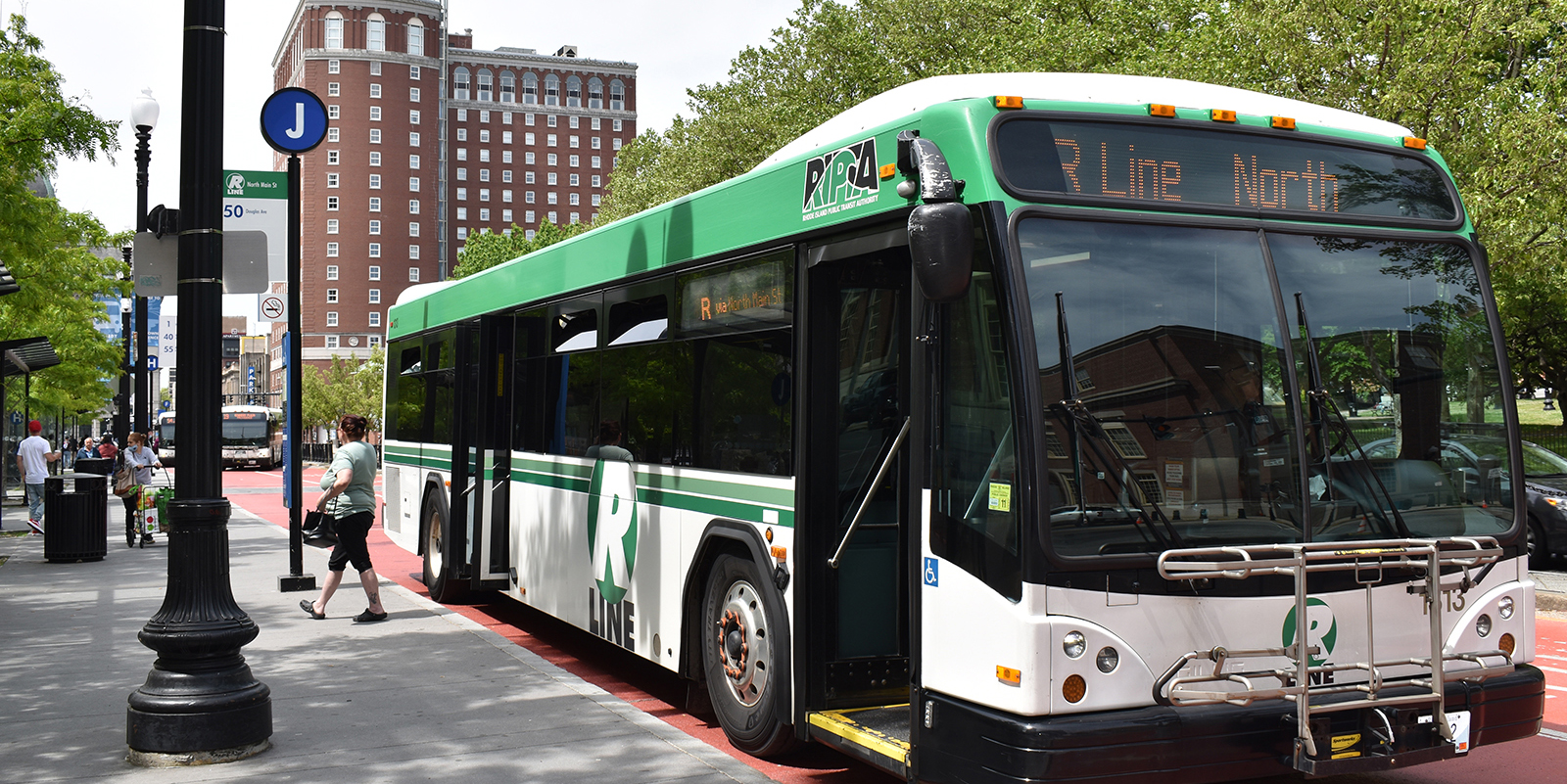Rhode Island Preparing for Driverless Vehicles
This new technology promises safer, more-efficient driving, less traffic, and reduced greenhouse gas emissions
August 5, 2017
Big changes are coming quickly to the transportation sector and Rhode Island wants to be ready for the world of driverless vehicles and other high-tech innovations coming to its roadways.
Many of the new technologies and the companies that deliver them are still being developed. Big automakers and startups are innovating. There will be driverless vehicles, of course, but helping them run safely and efficiently on low-tech, cement-and-asphalt infrastructure remains a key issue.
Connected and autonomous vehicle technology (CAV) is the term describing this integration of old and new within the transportation sector. CAV technologies are two distinct but related changes happening to road travel. A connected vehicle system includes making street signs, road striping and traffic lights compatible to driverless vehicles. An information network is also needed to enable driverless cars and other autonomous features to communicate and function.
A national and statewide data-gathering network that runs through a dedicated radio frequency is one emerging information system. This network collects real-time data from vehicles, as well as weather and traffic information. This data is aggregated by transportation agencies and shared with other vehicles and drivers. The process is similar to traffic alerts sent to cell phones and navigation systems, except instead of a cell network, CAV data is shared through the special radio band.
Driverless, or autonomous, vehicles rely on this information system and other technologies. These computer-driven cars and trucks use cloud-based systems and wireless communication networks to move through their surroundings, anticipate the road ahead and even locate available parking spaces. Many new vehicles already offer driverless technologies such as self-parking and collision avoidance.
The promise of these advances are safer, more-efficient driving, less traffic, and reduced greenhouse-gas emissions. These technologies are also aimed at improving other modes of transportation such as bike, pedestrian and public-transit systems.
“We want Rhode Island to really be prepared for, rather than be reactive, to the changes,” said Christos Xenophontos, assistant director of Rhode Island Department of Transportation (RIDOT).
Rhode Island began kicking the tires on CAV technology in June, when RIDOT issued a request for information (RFI) from companies interested in bringing their connected and automated vehicle services to state roadways. The deadline for submission has been extended until Oct. 4. To promote and answer questions about the process, RIDOT is hosting an innovation exposition Sept. 14 and 15 at the New England Institute of Technology in Warwick.
This transportation expo will promote offers to test CAV concepts across Rhode Island. Site visits will be offered at the Quonset Business Park in North Kingstown, the University of Rhode Island’s main campus in Kingston, and sites in Providence and Pawtucket.
In addition to the integration of driverless vehicles, the expo is encouraging vendors from a range of transportation business, such as ride-sharing and high-speed, intercity and inter-suburb transporter technology, otherwise known as the hyperloop concept promoted by Tesla and SpaceX.
The mid-September event also wants to highlight the education and job opportunities offered by this transportation transformation.
“We want this to be conversation with the institutions, faculty, and students … for the next generation workforce,” said Shoshana Lew, RIDOT’s chief operating officer.
Several states such as Massachusetts and New York are already testing self-driving vehicles and vehicle-to-infrastructure technologies and are inviting companies and academics to advance CAV tech.



